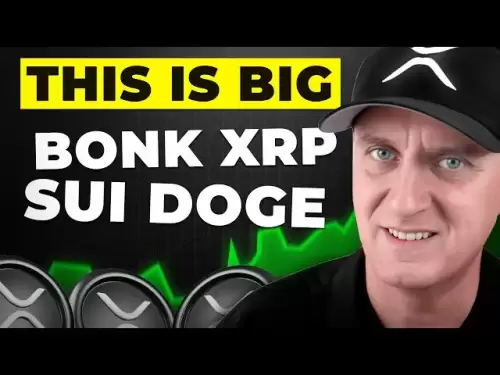-
 Bitcoin
Bitcoin $119000
-2.21% -
 Ethereum
Ethereum $4315
1.01% -
 XRP
XRP $3.151
-3.11% -
 Tether USDt
Tether USDt $0.0000
0.00% -
 BNB
BNB $808.5
-0.71% -
 Solana
Solana $175.8
-4.21% -
 USDC
USDC $0.9999
0.00% -
 Dogecoin
Dogecoin $0.2250
-3.92% -
 TRON
TRON $0.3469
1.77% -
 Cardano
Cardano $0.7818
-3.81% -
 Chainlink
Chainlink $21.47
-2.10% -
 Hyperliquid
Hyperliquid $43.30
-6.81% -
 Stellar
Stellar $0.4370
-2.84% -
 Sui
Sui $3.682
-4.40% -
 Bitcoin Cash
Bitcoin Cash $590.8
2.67% -
 Hedera
Hedera $0.2484
-5.20% -
 Ethena USDe
Ethena USDe $1.001
0.00% -
 Avalanche
Avalanche $23.10
-4.29% -
 Litecoin
Litecoin $119.2
-3.96% -
 Toncoin
Toncoin $3.409
0.90% -
 UNUS SED LEO
UNUS SED LEO $9.016
-1.29% -
 Shiba Inu
Shiba Inu $0.00001304
-3.82% -
 Uniswap
Uniswap $11.18
1.33% -
 Polkadot
Polkadot $3.913
-3.51% -
 Cronos
Cronos $0.1672
-3.08% -
 Dai
Dai $1.000
0.02% -
 Ethena
Ethena $0.7899
-4.70% -
 Bitget Token
Bitget Token $4.400
-1.23% -
 Pepe
Pepe $0.00001132
-5.93% -
 Monero
Monero $257.9
-6.44%
How to deal with abnormal slippage in Binance futures trading?
Binance Futures traders can mitigate abnormal slippage by using limit orders, stop-limit orders, or iceberg orders, analyzing market depth and liquidity, and managing emotional responses to avoid impulsive trades.
Mar 17, 2025 at 07:06 pm
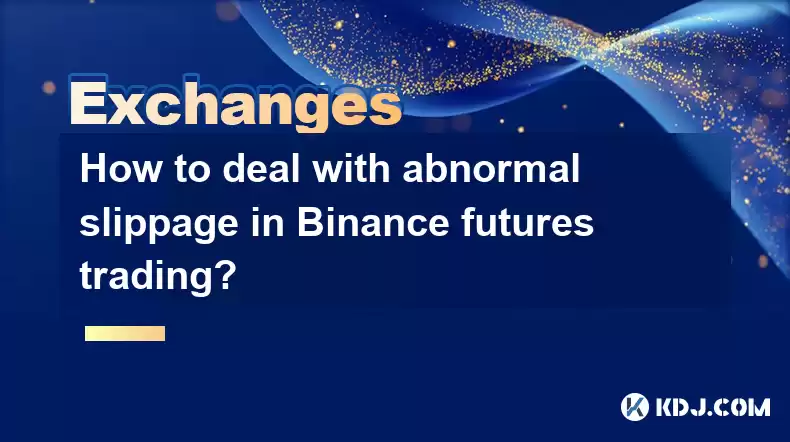
Key Points:
- Understanding Slippage in Binance Futures
- Identifying Causes of Abnormal Slippage
- Mitigation Strategies: Order Types & Settings
- Managing Risk and Emotional Responses
- Advanced Techniques for Slippage Control
- Importance of Market Monitoring and Analysis
How to Deal with Abnormal Slippage in Binance Futures Trading?
Slippage, the difference between the expected price and the actual execution price of a trade, is an inherent risk in all trading, especially in volatile markets like cryptocurrency futures. On Binance Futures, abnormal slippage can significantly impact profitability. Understanding its causes and implementing effective mitigation strategies is crucial for successful trading.
Understanding Slippage in Binance Futures
Binance Futures, a platform for trading cryptocurrency derivatives, is susceptible to slippage due to its high volatility and liquidity fluctuations. Normal slippage is usually minor and expected, but abnormal slippage represents a significant deviation from the expected price, often resulting in substantial losses. This often happens during periods of high volatility or low liquidity.
Identifying Causes of Abnormal Slippage
Several factors contribute to abnormal slippage on Binance Futures. Market depth, the amount of buy and sell orders available at a given price, plays a crucial role. Low market depth makes it difficult to fill large orders without impacting the price significantly. Sudden news events, large institutional trades, and algorithmic trading can all cause dramatic price swings and lead to increased slippage.
Mitigation Strategies: Order Types & Settings
Binance Futures offers various order types to help mitigate slippage.
- Limit Orders: These orders specify a maximum price (for buy orders) or minimum price (for sell orders). They help avoid paying more than you're willing to, but may not always execute if the price doesn't reach your specified level.
- Market Orders: These orders execute immediately at the best available price. They're convenient but highly susceptible to slippage, especially during volatile periods. Avoid large market orders during periods of high volatility.
- Stop-Limit Orders: This combines aspects of limit and stop orders, offering more control over execution price while minimizing the risk of slippage. It helps to set the stop price and limit price carefully.
- Iceberg Orders: These orders hide the total quantity, releasing only a small portion to the market at a time. This helps reduce market impact and minimize slippage for larger trades.
Managing Risk and Emotional Responses
Emotional responses can exacerbate slippage. Fear or panic selling during market downturns can lead to hasty decisions and increased slippage. Conversely, overly aggressive buying in bullish markets can lead to similar problems. Developing a disciplined trading plan with clear risk management rules is vital. This includes setting stop-loss orders to limit potential losses and taking breaks when emotionally overwhelmed.
Advanced Techniques for Slippage Control
Experienced traders employ more sophisticated techniques to control slippage.
- Algorithmic Trading: Automated trading systems can execute trades more efficiently than manual trading, reacting to market changes faster and potentially minimizing slippage. However, this requires advanced knowledge and programming skills.
- High-Frequency Trading (HFT): HFT firms leverage incredibly fast algorithms to capitalize on tiny price discrepancies. This is a highly specialized area and requires significant resources.
- Order Book Analysis: Carefully analyzing the order book, the list of buy and sell orders, can provide insights into market depth and liquidity, helping to anticipate potential slippage.
Importance of Market Monitoring and Analysis
Continuous monitoring of market conditions is essential. News events, technical indicators, and overall market sentiment all influence liquidity and volatility, affecting slippage. Staying informed through reputable news sources and using technical analysis tools can improve your ability to anticipate periods of high slippage risk. Understanding trading volume and order flow is equally crucial.
Common Questions and Answers:
Q: What is the best order type to minimize slippage on Binance Futures? A: There's no single "best" order type. The optimal choice depends on the market conditions and your trading strategy. Limit orders generally offer better slippage control but may not always execute, while market orders are faster but more prone to slippage. Stop-limit orders offer a compromise.
Q: How can I reduce slippage when trading large positions? A: For large positions, using iceberg orders can help minimize market impact and reduce slippage. Breaking down large orders into smaller parts and executing them over time is also a good strategy.
Q: What role does liquidity play in slippage? A: Low liquidity means fewer buy and sell orders are available at a given price. This makes it harder to fill large orders without significantly affecting the price, leading to increased slippage. High liquidity generally results in lower slippage.
Q: Can I completely eliminate slippage? A: No, slippage is an inherent risk in trading. While you can significantly reduce it through careful planning and order management, you can't completely eliminate it.
Q: What should I do if I experience significant abnormal slippage? A: Review your trading strategy, analyze the market conditions at the time of the trade, and consider adjusting your risk management parameters. It might be helpful to examine the order book around the time of the trade to understand the market dynamics that contributed to the slippage. Consider if your order size was appropriate for the market conditions.
Q: How does volatility affect slippage? A: High volatility increases the likelihood of significant price swings, which directly increases the risk of abnormal slippage. During periods of high volatility, it's crucial to use appropriate order types and smaller order sizes to mitigate the risk.
Disclaimer:info@kdj.com
The information provided is not trading advice. kdj.com does not assume any responsibility for any investments made based on the information provided in this article. Cryptocurrencies are highly volatile and it is highly recommended that you invest with caution after thorough research!
If you believe that the content used on this website infringes your copyright, please contact us immediately (info@kdj.com) and we will delete it promptly.
- Bitcoin, CPI, and Market Fears: Navigating the Crypto Landscape
- 2025-08-12 15:10:13
- BTC Traders Eye ETH Targets as CPI Looms: A New York Minute
- 2025-08-12 15:10:13
- Ethereum, Cold Wallets, and Presales: What's Hot Now?
- 2025-08-12 15:30:12
- Bitcoin, XRP, and Monetary Alternatives: Navigating the Crypto Landscape in 2025
- 2025-08-12 15:30:12
- XRP Breakout Watch: Institutional Volume Signals Potential Surge
- 2025-08-12 15:35:19
- XRP, Market Cap, and Institutional Adoption: A New Era for Crypto?
- 2025-08-12 15:35:19
Related knowledge
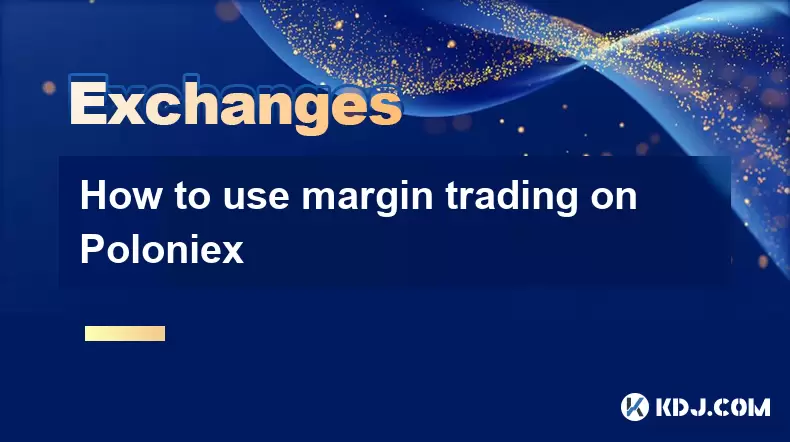
How to use margin trading on Poloniex
Aug 08,2025 at 09:50am
Understanding Margin Trading on Poloniex
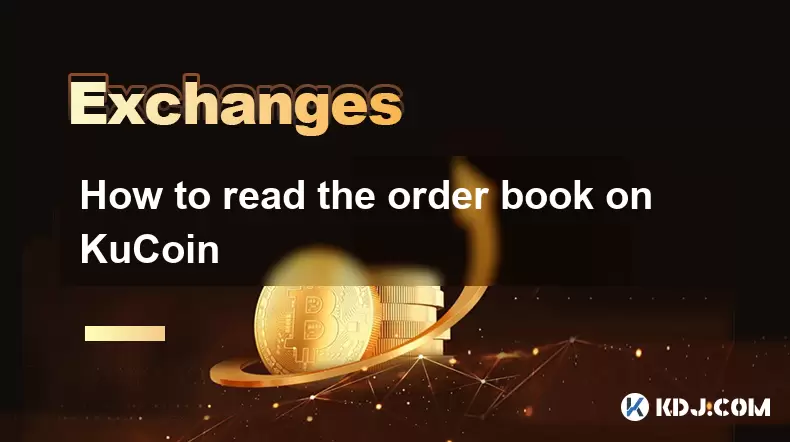
How to read the order book on KuCoin
Aug 10,2025 at 03:21pm
Understanding the Order Book Interface on KuCoinWhen accessing the order book on KuCoin, users are presented with a real-time display of buy and sell ...
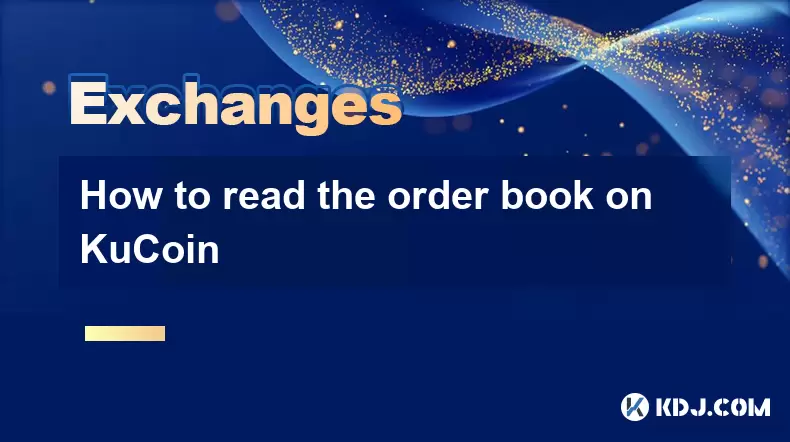
How to read the order book on KuCoin
Aug 12,2025 at 02:28am
Understanding the Basics of Staking in CryptocurrencyStaking is a fundamental concept in the world of blockchain and cryptocurrencies, particularly wi...
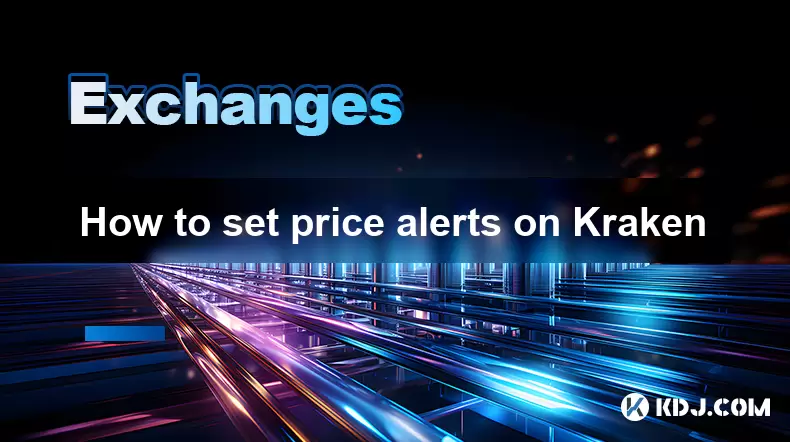
How to set price alerts on Kraken
Aug 11,2025 at 08:49pm
Understanding Price Alerts on KrakenPrice alerts on Kraken are tools that allow traders to monitor specific cryptocurrency pairs for price movements. ...
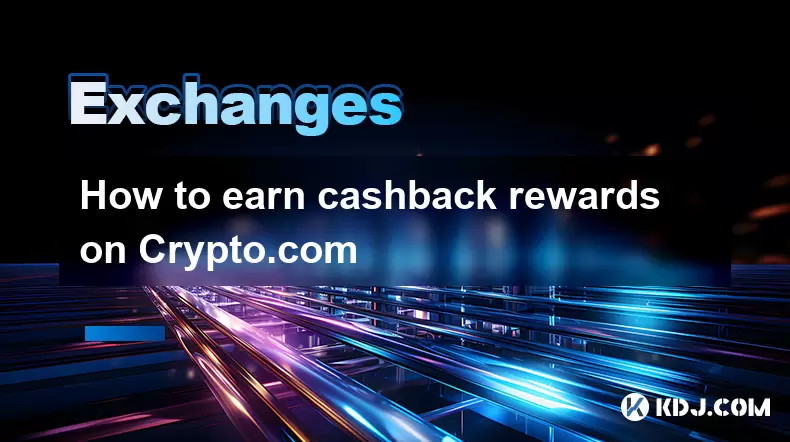
How to earn cashback rewards on Crypto.com
Aug 12,2025 at 02:08am
Understanding Cashback Rewards on Crypto.comCashback rewards on Crypto.com are a feature designed to incentivize users to spend using their Crypto.com...
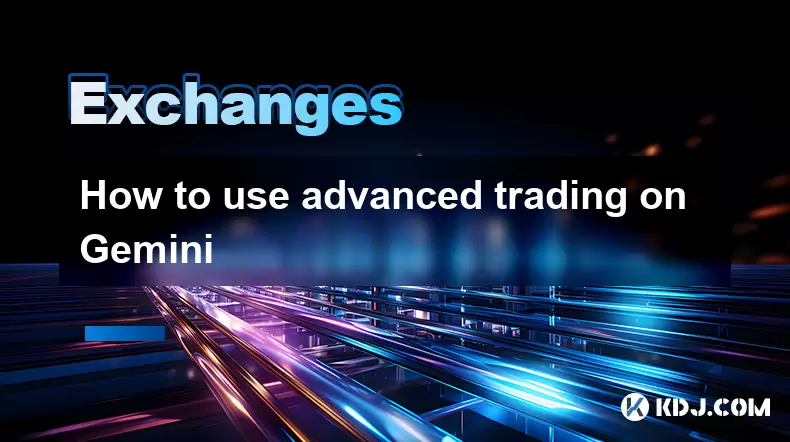
How to use advanced trading on Gemini
Aug 08,2025 at 04:07am
Understanding Advanced Trading on GeminiAdvanced trading on Gemini refers to a suite of tools and order types designed for experienced traders who wan...

How to use margin trading on Poloniex
Aug 08,2025 at 09:50am
Understanding Margin Trading on Poloniex

How to read the order book on KuCoin
Aug 10,2025 at 03:21pm
Understanding the Order Book Interface on KuCoinWhen accessing the order book on KuCoin, users are presented with a real-time display of buy and sell ...

How to read the order book on KuCoin
Aug 12,2025 at 02:28am
Understanding the Basics of Staking in CryptocurrencyStaking is a fundamental concept in the world of blockchain and cryptocurrencies, particularly wi...

How to set price alerts on Kraken
Aug 11,2025 at 08:49pm
Understanding Price Alerts on KrakenPrice alerts on Kraken are tools that allow traders to monitor specific cryptocurrency pairs for price movements. ...

How to earn cashback rewards on Crypto.com
Aug 12,2025 at 02:08am
Understanding Cashback Rewards on Crypto.comCashback rewards on Crypto.com are a feature designed to incentivize users to spend using their Crypto.com...

How to use advanced trading on Gemini
Aug 08,2025 at 04:07am
Understanding Advanced Trading on GeminiAdvanced trading on Gemini refers to a suite of tools and order types designed for experienced traders who wan...
See all articles


























